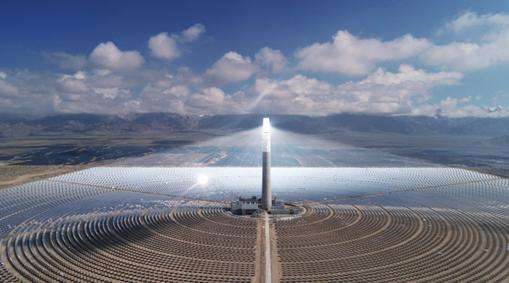Diameter 58 mm, length 1.6 m, 1.8 m, 1.92 m. The specifications of the solar unit are 58mm in diameter, 1.6 meters, 1.8 meters and 1.92 meters in length. It is rare for a vacuum tube to be more than 2 meters long. If the diameter of the vacuum tube you see is 47mm and it is a product that is at least three years old, do not buy it, otherwise there will be no replacement. of the same diameter in the event of tube rupture. For ordinary household solar power, eighteen or twenty vacuum tubes are enough (for three to four people). If you buy it as a unit, you can use solar energy with twenty-four or more vacuum tube specifications.
Specifications of Huangming solar tubes:
Three tubes: ? The length is 1.8 meters, the outer diameter is 5.8 cm, and the inner diameter is 3.7 cm.
Super cold polar tube: length 1.9 meters, outer diameter 5.8 cm, inner diameter 4.7 cm.
Tubelight cube: length 2.1 meters, outer diameter 8.4 cm, inner diameter 3.7 cm.
Advantages of solar energy:
(1) Universal: The sun shines on the earth and has no geographical restrictions. It can be found everywhere, regardless of land or sea, mountains or islands. , and can be directly The development and use is easy to collect and does not require mining and transportation.
(2) Harmless: The development and use of solar energy will not pollute the environment. It is one of the cleanest sources of energy, which is extremely valuable today as environmental pollution becomes more and more serious.
(3) Huge: The energy of solar radiation that reaches the Earth's surface each year is approximately equivalent to 130,000 billion tons of coal, and its total amount constitutes the greatest energy that can be developedin the world today.
(4) Long term: Based on estimates of the rate of nuclear energy produced by the sun, hydrogen storage is sufficient to last tens of billions of years, and the duration life of the Earth is also about billions of years. In this sense, we can say that the energy of the sun is inexhaustible.
Disadvantages of solar energy:
(1) Dispersion: Although the total amount of solar radiation reaching the Earth's surface is large, the density of the energy flow is very weak. On average, near the Tropic of Cancer, when the weather is relatively clear in summer, the irradiance of solar radiation is greatest at noon, and the average solar energy received over an area of 1 square meter perpendicular to the direction of light solar is about 1,000 W if the average day and night throughout the year is only about 200 W. In winter it is only about half, and in cloudy weathergeux, it is generally only about 1/5. This energy flow density is very low. Therefore, when using solar energy, if we want to obtain a certain conversion power, we often need a set of collection and conversion equipment with a considerable area, which is expensive.
(2) Instability: due to the limitations of natural conditions such as day and night, season, geographic latitude and altitude, as well as the influence of random factors such as clear , cloudy, cloudy, rain, etc., reaching a certain ground Solar irradiation is both intermittent and extremely unstable, which makes the large-scale application of solar energy more difficult. In order to make solar energy a continuous and stable source of energy, and ultimately an alternative energy source that can compete with conventional energy sources, it is necessary to properly resolve the problem.problem of energy storage, that is to say storing as much energy from solar radiation as possible on clear days to use it at night or on rainy days. However, energy storage is also one of the weakest links in solar power. use of energy.
(3) Low efficiency and high cost: The level of development of solar energy utilization is theoretically feasible in some aspects and technically mature. However, some solar energy utilization devices have low efficiency and high cost, and the current laboratory use efficiency does not exceed 30%. In general, the economy cannot compete with conventional energy. For a considerable period, the future development of the use of solar energy will be limited mainly by economic reasons.
(4) Pollution of solar panels: At this stage, solar panels have a certainno lifespan. Typically, they need to be replaced every 3 to 5 years at most, and replaced solar panels are very difficult to replace. polluted by nature decompose, causing considerable pollution.














